How to Plan the Perfect Vacation: 10 Step Guide
Do you know how to plan a trip?
I love planning trips. Like, looooooooove planning trips. I have entire detailed itineraries for countries I’ve never visited. Friends will ask me how many days they should spend in a city they know I’ve never even been to. And I will STILL have an answer. I can get carried away for hours daydreaming on Pinterest or reading blogs, learning all the cool things to do and see in our big, bright, beautiful world.
For me, planning is a fun part of taking the trip itself. It helps build anticipation and gives me something to look forward to before takeoff. But maybe you’re not that way. And that’s why I made this guide on how to plan the perfect vacation or trip. I want you to be empowered and find the planning process to be a fulfilling part of your travel experience – not a major chore to complete before the fun begins. Follow these 10 steps on how to plan a trip, and you’ll have your itinerary planned with minimal stress and maximum excitement.
Ready? Then let’s jump to it!
STEP 1: Choose Your Location
What are you in need of? A calm beach getaway? One big party? Ancient history? Nature and hiking? If you don’t already have a place in mind, get some inspiration. Pinterest, Instagram, the Skyscanner “everywhere” search option are great stating points. The Skyscanner one is especially good if you are constrained by work for time of year or want to leave ASAP. Finding inspiration is one of the most fun steps of how to plan a trip.
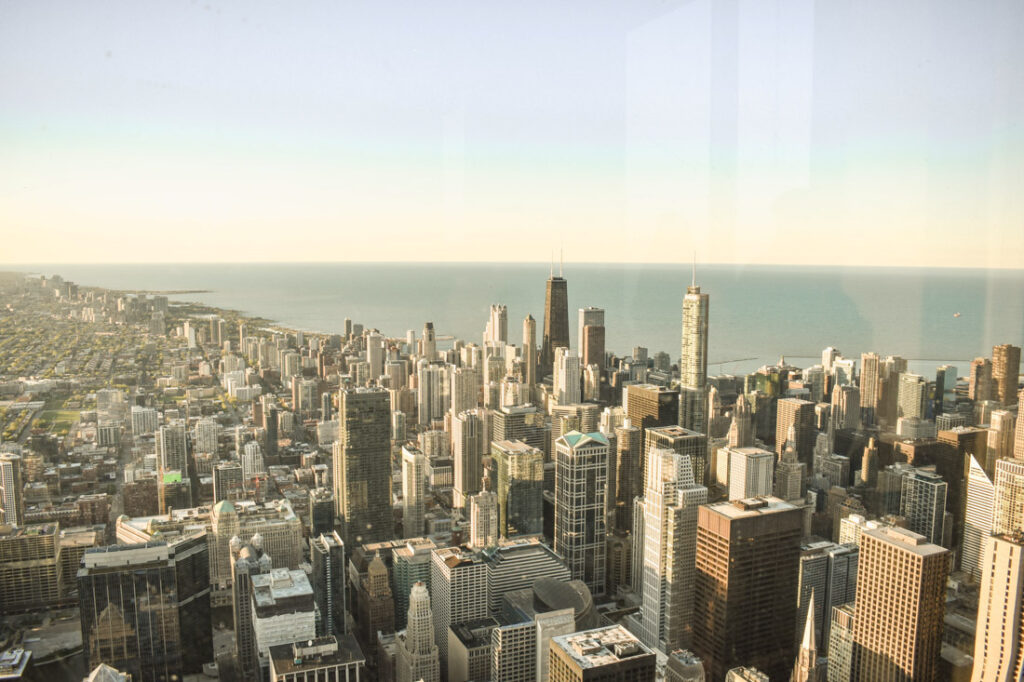
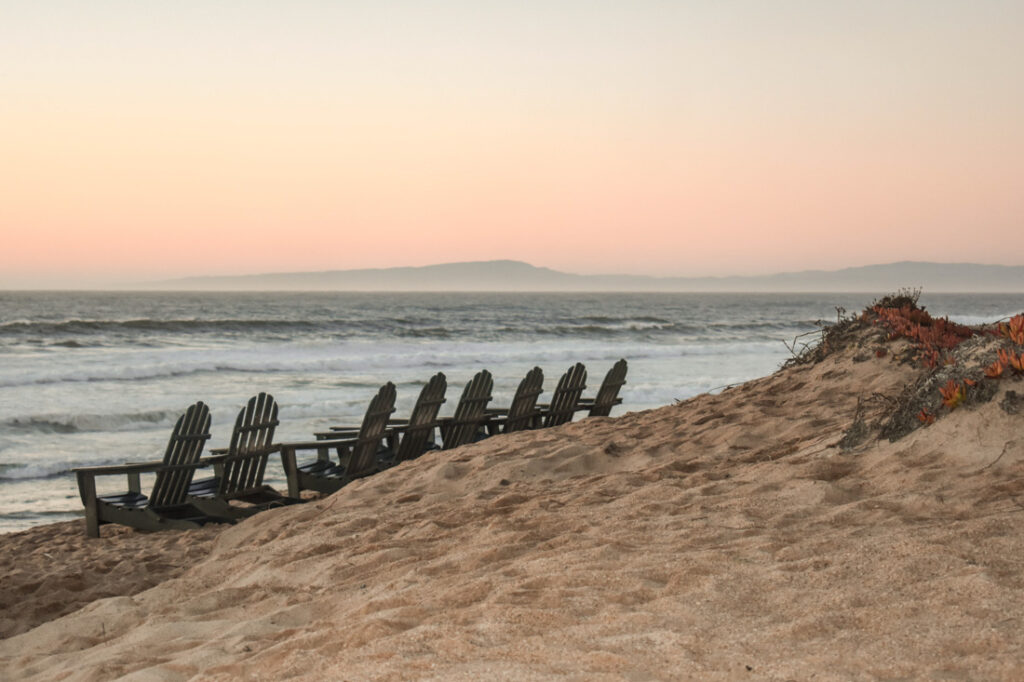

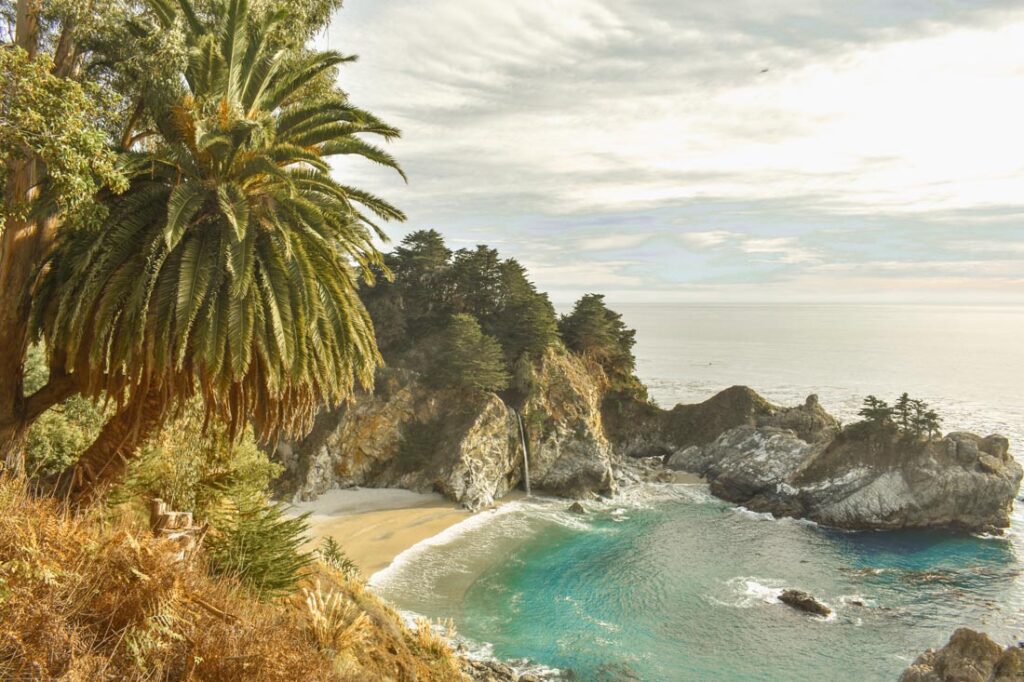
Recommended reading: 20 Trips to Take in Your 20s and My Travel Bucket List
Once you’re inspired by a place or two (or three), make sure they are all viable options.
- Check Travisa to make sure you can get in without a visa or have enough time and money for the visa process. Do you have a passport if you are going abroad? Many countries require it be valid 3 – 6 months after you arrive. If you need a new passport, give yourself 6 weeks from when you apply before expecting it back. Keep note of the visa and passport costs if any.
- Check CDC Travel to make sure you have all vaccines necessary or can get them easily and in time. For example, yellow fever vaccine can take awhile to get. You can also check for any outbreaks on this site, like measles. Research the costs or necessary vaccines and keep note.
- Check your country’s Travel Department website to make sure there are no travel alerts you are unaware of. Or, do a quick Google search of the country or city name to skim major news (no protests, no weather related problems, etc). Right now as I am writing this, there are violent protests in both Paris and Venezuela, which I can see by simply Googling those two terms.
- Consider your budget, if you have one. Some locations might be expensive to fly to but cheap once you are there (Thailand). Others might have a sweet low-cost flight, but housing, meal, and ground transport costs will be high once there (Iceland).
STEP 2: Choose the Time of Year
Are you constrained by work or family obligations? Narrow down what months or weeks you have as options and go from there.
Look up temperature averages and precipitation by month. Where I’m from, summer means no rain, ever. But in many places, June through August is the rainiest, most humid time of year. Make sure you know what to expect.
Look up peak tourist season to see if you can manage the shoulder season. How bad would it be to go during offseason? Is it worth the savings? Will the place be entirely shut down? Santorini in the off season – probably not worth it. Colombia in the off season – probably worth it, due to consistent weather year round.
STEP 3: Decide What to Do & See There
This is my favorite part of how to plan a trip! But this will also take most of your time. Block off a few hours to a few day to this, depending on if your trip is one week long or one month…or longer!
Decide what to do and where to go. Is just one city enough to keep you busy? If not, can you do day trips from it? Will you hit up multiple cities on your trip? Should you consider flying into one airport and flying out of a different one? Write a list of all destinations, sites, and activities somewhere. I like Excel, because I can later add extra columns for costs or dates, etc. Others use Word, but even a simple “notes” application will do if your trip does not require much detail.
For a run-down of the biggest, can’t-miss attractions, simply Google “[location] attractions.” You want to make sure you don’t miss the basic stuff. PlanetWare gives housing pricing suggestions at the bottom of most articles, so you can confirm your destination isn’t way out of your budget before getting too deep into planning.
- Example: look up what larger attractions you want to see and activities you want to do, but you don’t need to look up museum hours or book every tour right now.
Next, get more inspiration on Pinterest, for unique places and lists by bloggers. Search for itineraries to give you an idea of how much time to budget. If you are a go-go-go every day traveler or only like a couple attractions a day, keep this in mind as you skim itineraries. It can help to create a Pinterest board to save things to come back to later.
Also look up “things near [location]” or “[location] day trips.” If your trip is to just one city, search the attractions in the entire country. Make sure you’re not going to miss something good while you’re there. You might learn about it after returning back home and regret not seeing it while nearby.
Is there anything you would be EXTREMELY bummed to not do? Like the Inca Trail? Or a music festival? Sporting event? Make sure there is availability – consider booking these items the same time as or even before your flight.
STEP 4: Create a Rough Itinerary
This is also my favorite part of how to plan a trip!
Get a map app, or use GoogleMaps, and save key locations so you can have a visual idea of your trip. See why I love Ulmon for planning trips here (they don’t pay me to say this).
If you are staying in one city, see what sites can be grouped together by area. Plan certain areas for certain days. GoogleMaps how long it takes to walk between the furthest points in the city, to have a rough idea of how much ground you can expect to cover in a certain amount of time. Then, click the train icon to get a sense of the metro system and how useful it is to you, if there is one.
If you are moving around between cities, look up how to get from point A to B. You don’t need all the details right now, but make sure you can get from A to B and B to C in a way you are comfortable with (is a 10 hour bus ride okay?) and in a way that fits your budget. Trains can be expensive, remote locations might require a private car, flights can be stressful to re-pack for. Use Rome2Rio, TripAdvisor, and Google Maps for this.
- Example: look up that you can take a train, how long it will take, and that it is in your budget. But you do not need to look up the train schedule right now.
After all this, group your Excel sheet or Word doc items or list by day. Now you have an idea how many days you will need for your trip. This is not your actual itinerary. This is just to get an idea of how many days minimum you will need.
STEP 5: Book Your Flight(s)
I love Skyscanner as my search engine. It includes budget airlines and domestic airlines from abroad that larger travel search engines don’t include. If you don’t like the price you see, you can set a travel alert and be emailed as prices change. The flight can be the single largest expense, so play around with the dates and month if you can.
I’ve also been using Google Flights more and more lately to search flights. I love how easy it is to customize searches. For example, you can add multiple departure and arrival airports (just hit the plus sign in the entry field), filter on certain connection airports, and get flight price alerts for any changes saving all of your filters.
Rumor has it that you should book either six months or more out or two months or less out. Budget airlines, like RyanAir, get more expensive as the date nears, but they can have sales around holidays.
Depending on how far out your trip is and how certain you are, be sure to read the cancelations and exchange policy. Be careful of discount search engines that make it impossible to change flights, like Student Universe.
Recommended reading: The Ultimate Guide to Flying RyanAir
Keep in mind luggage policy. One flight that includes baggage might be cheaper after you add round-trip baggage to a cheaper flight.
STEP 6: BOOK YOUR ACCOMMODATION
This is by far the most overwhelming part of how to plan a trip. (It’s my least favorite part.) But the further out you do it, the more options and lower prices you will have, making it quicker and painless-er (er…just go with it).
Use your map app to see what areas are convenient. Can you use a metro, or should you stay within walking distance of everything? Are all areas safe and welcoming for all kinds of tourists? Do a quick search on neighborhoods.
Do you have a budget? Shoot for an average cost per night if you can (# nights/housing budget).
How much time will you be staying in the hotel? If you are going to Cabo, Mexico or the Maldives, you are going to be spending most of your time in your accommodation. So it’ll be worth splurging more. If you will be busy sightseeing every day from dusk ‘til dawn, then all you need is a safe, clean place to sleep.
If you are staying somewhere long enough, AirBnB can be great. Otherwise, coordinating check-in and check-out time and leaving bags somewhere else if you arrive earlier or leave later can be a hassle. Be careful to look at the total cost and not just the per night cost. Some rentals rack up prices with “cleaning fees” after luring you to click with an attractive “per night” rate. In general, AirBnB is GREAT for groups. If you’ve never used AirBnB before, you can save 15% off your first booking by using this link to sign up.
Booking.com – This is personally my favorite site for booking housing. I really like their interface. Also, many properties allow free cancelation. You can check what comes with each room easily, to make sure there are things like a safe or a locker if you need them. If you’ve never used Booking.com before, you can get 10% back from your first booking when you use this link.
HostelWorld – This can be great if you are traveling solo. Hostels have a bit of a bad rep in the USA. But you can book private rooms too if you are worried about safety and privacy but still want a social experience. There are also often all-female rooms and all-male rooms, if that makes you feel more comfortable. Make sure there are lockers and a public kitchen if you need them. Also check if towels are included or rented out.
If you’re really looking to save money, consider house sitting or couch surfing. They both are also great ways to meet locals and have a more authentic experience in a city.
Regardless of what or through what you book, always look at TripAdvisor for user photos (not just photos submitted by the property). Use the search box for important words mentioned in comments, like “bed bugs,” “heater,” “AC,” etc. Similarly, do a GoogleMaps street view to check out the area if you are worried about comfort/safety.
Don’t forget to consider things like:
- cancellable reservations
- free breakfast or not – maybe you are in a location where you really want to eat breakfast out in a cute café anyways
- if there is a kitchen if you are trying to save money or be healthy
- free WiFi
- do they accept your credit card
STEP 7: Prepare Your Finances
If you are traveling abroad, do you have a credit card with no foreign transaction fees? Will you need cash for this location or is it credit card friendly? Will you be gone long enough that you should get a debit card without foreign transaction fees, or will you only pull out a small amount of cash once?
Let your bank know where you will be, so they do not think your charges are fraud.
Are ATMs common in this place? In Iceland, there is no need to stray from credit card – even at tollbooths and gas stations. But in Cuba, you will need to exchange all cash before leaving the airport. And there is 10% fee for exchanging USD in particular!
Start saving for your trip if necessary. Buy less Starbucks, drink that free coffee or tea from work instead, or make your own at home. Eat out less, stock up on easy meals from Trader Joes. Cook in bulk on the weekends to save you from picking up take-out on your drive home from work.
STEP 8: Solidify Itinerary Details
Plan how to get to each accommodation stress-free after you land. Are taxis safe? Should you ask your hotel to arrange pick up? Will you have energy to use public transport right after a flight?
Is there anything you need to book ASAP? Going up the Statue of Liberty or Eiffel Tour require reservation months beforehand. Trains in Italy can be very cheap if you book in advance, but get more expensive as the date nears. Spots on the Inca Trail sell out 5 – 6 months out for peak months, and even a day trip to Machu Picchu requires advance booking and a print out. Japan trains can be expensive, but getting a rail pass to save money needs to be completed entirely before you leave your host country.
Look up entrance fees (some attractions have free days), opening hours and days, excursion options, costs, departure points. Look up any other cool, non-attractions, like restaurants or local special things (owl and cat cafes in Japan). Is this region of the world known for coffee? Or pastries? Be sure to sample some of their best. Buzzfeed can be a great search tool for this. Scan Tripadvisor for top-ranked restaurants by other tourists. You can use Instagram and Pinterest for inspo too. Rearrange days in your original itinerary as necessary.
Assess your budget. Add a cost associated with each activity in one column in your Excel sheet (or at least for the large activities, transport, and housing). This way you can easily sum them to see total budget so far. Don’t forget to add an average cost of meals per day into your budget. Add some wiggle room – things won’t go according to plan.
But don’t plan too much. Leave some meals unplanned to discover on your own. Don’t jam pack each day to the brim. Leave time for wandering unplanned streets, for doubling-back to areas that you loved, for recommendations by locals you meet.
STEP 9: Start Shopping – But Only If You Need To
Depending on your trip, you might need some new gear. Trekking poles, mosquito repellent, waterproof phone case, underwater camera, lock for hostel lockers, a proper winter coat. Make sure to give yourself enough time for your items to arrive and to return them and potentially reorder. If your trip is way in the future, set a date by which you need to have everything and put a reminder on your phone or calendar at least two weeks before that date. You don’t want to be running around closer to your trip, so get this out of the way now.
STEP 10: Do You Need Travel Insurance?
If you are going somewhere familiar, or where you are already covered for what’s probable, you might feel comfortable forgoing this step. But strongly consider it for locations where you are more likely to get sick, politically tumultuous locations, activities where you might need saving, or far away places with expensive emergency flights home. Add this to your travel budget.
Congratulations – your trip is ENTIRELY planned! And now you know how to plan a trip. Pat yourself on the back, now. Go on, you deserve it! Now you can relax while you count down the days ‘til your trip of a lifetime and do fun stuff to prepare. (Like learning a bit of the language with Duolingo!)
What Do You Think?
Do you now feel confident on how to plan a trip? Are you ready to plan your next one? Let me know what you think in the comments below! Do you love to plan, or do you put it off as long as possible? What are your own tips and tricks on how to plan a trip?
Like It? Save It for Later on Pinterest.
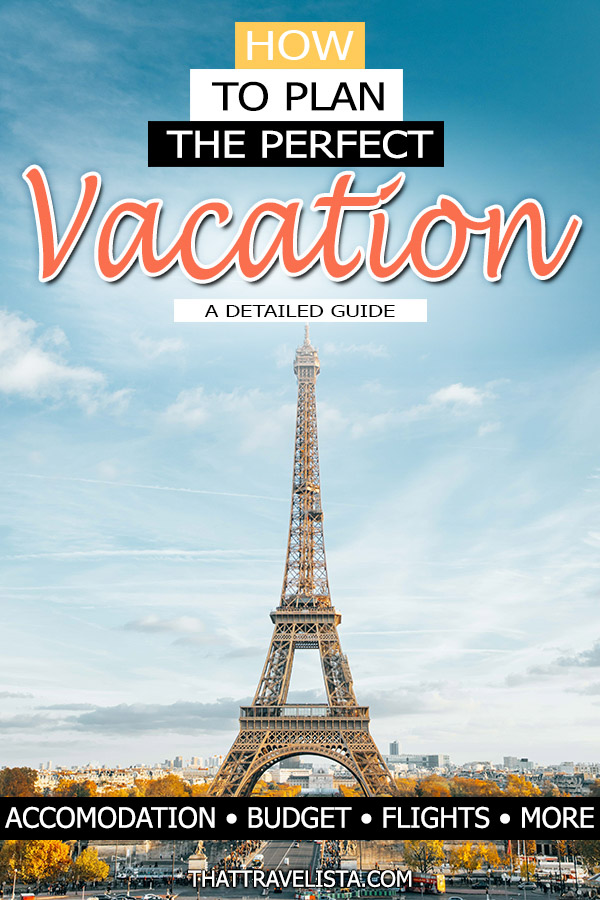
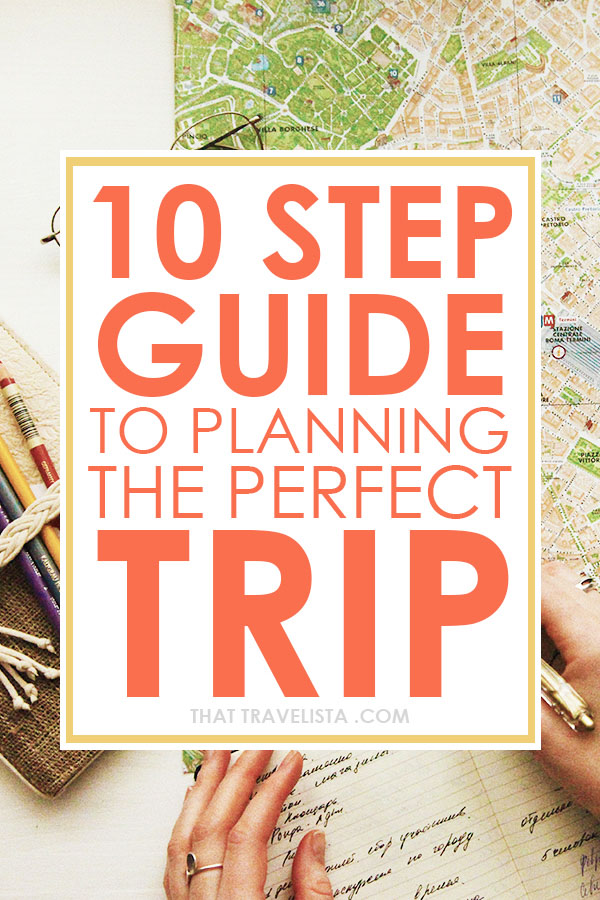
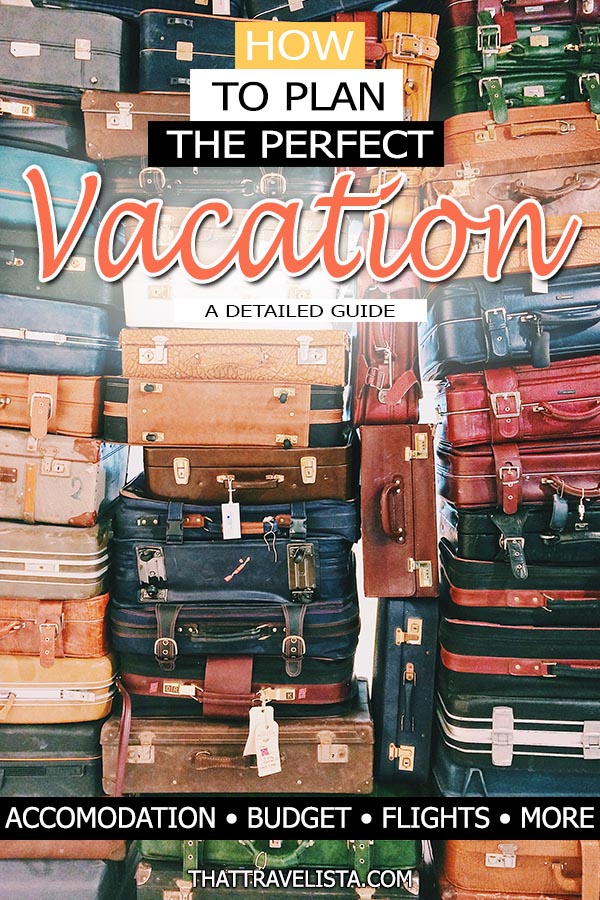
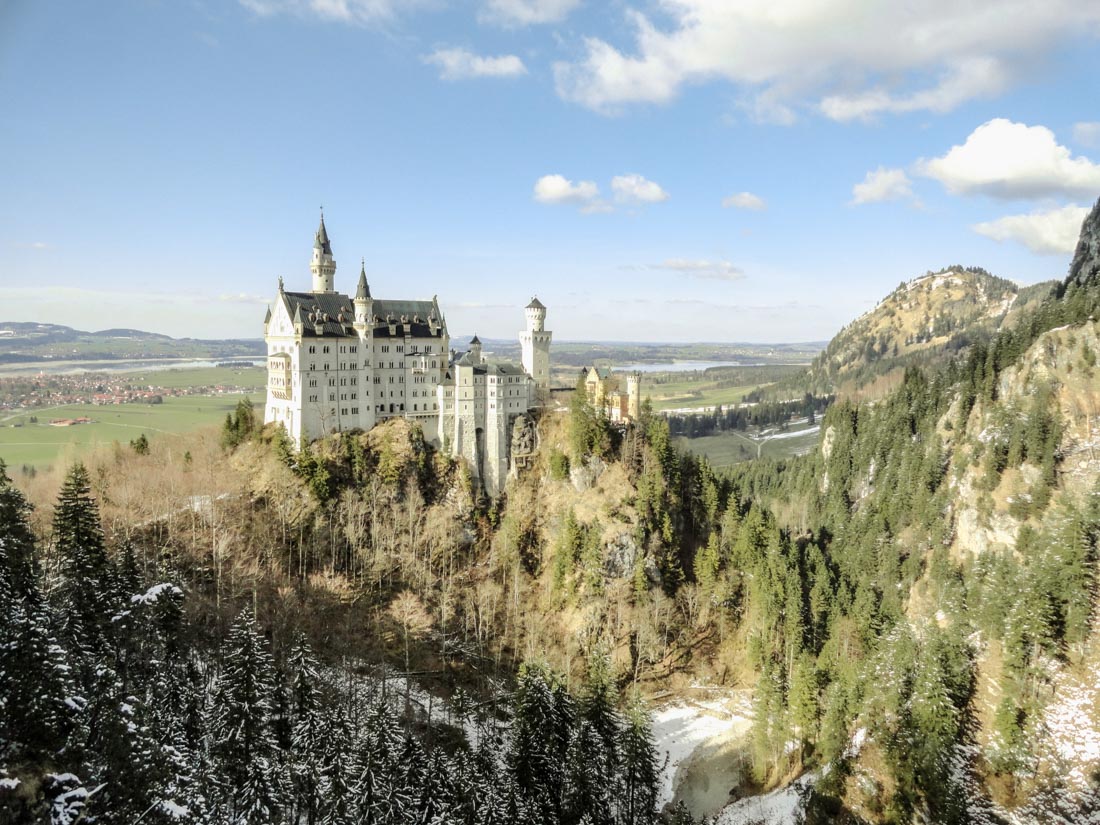
Embarking on adventures is a thrill I can’t resist! Snatching up a great flight deal is typically my first step in trip planning. It’s amazing how those unexpected destinations end up becoming some of the most memorable journeys!
Planning trips is one of my favorite pastimes as well! My initial move is usually snagging a flight deal. I’m all about seizing those fantastic airfare bargains, and they often lead me to embark on adventures to unexpected destinations!
Hello Em, and thanks for the very informative article! It was well written and I used many of your tips during my last trip to the Baja in Mexico. One other tool I used was the free trip planner from Geovea https://geovea.com/trip_plan/new_trip to create and share my trip, and estimate my trip budget. You can also take your itinerary with you on your phone for navigation. I really appreciate all of the great travel guides and already planning my next trip 🙂
Planning a trip for me is part of the fun. I really enjoy it. Researching the place and choosing every detail. This post is very well explained. Thank you 🙂
Glad I’m not the only one! It makes me get so excited for the trip 🙂
So many great tips in this post – I’m always looking for good holiday tips!
Thanks, Ciara! 🙂
I definitely love planning trips too! It’s almost better than the actual thing lol but it can still feel overwhelming sometimes. This is a great step-by-step guide so I don’t get too far ahead of myself. Thanks!
Very true! I usually get overwhelmed when I finally have to decide accommodation!
Planning trips are my favorite past time! I usually pick my destination based on ticket prices. Thank goodness for sites like sky scanner!
Isn’t it great?! I still remember the first time I heard of Skyscanner…. what a life-changing day that was 😉
I love planning trips too! My first step is usually buying a flight. I don’t typically decide on a destination until I find a great flight deal, which leads to me planning trips to some unexpected places!
That’s very true! I think I just have too long of a bucket list, so I typically already know exactly where I want to head next!